Equipment
From a Fitter: An in-depth discussion of wedge bounce, grind, loft and lie
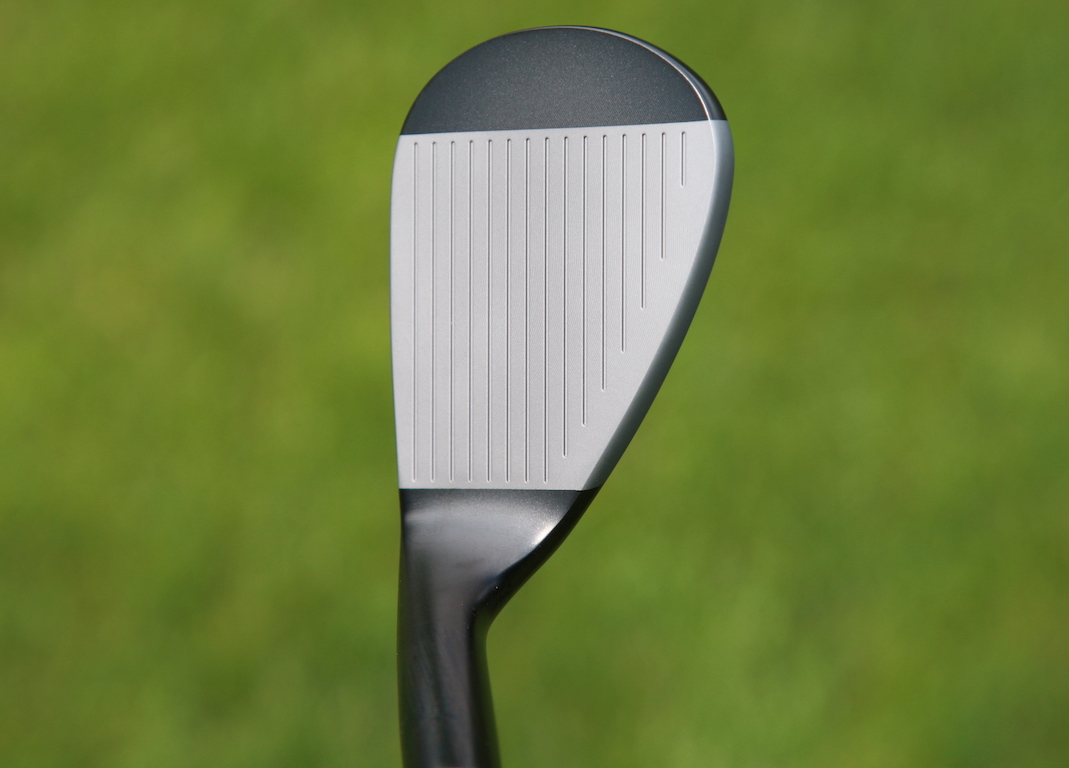
Wedge fitting is an interesting subject due to so many variables of the player and the course we play on. This article is to help break a few components down and help you make better choices when purchasing wedges.
Bounce is generally given a number which is a reference to the angle measured through the center portion of the sole of a club, from leading to trailing edge. The larger the angle, the more bounce you have, and the lower, the less bounce you have. No doubt this is a handy number to know, but for me, it is only the beginning of understanding the wedge.
It has often been said that “better players” use lower bounce, but this is not always true. Many tour players use higher bounce wedges these days, with special grinds (shapes of the club’s sole). Do not get pigeon-holed into a wedge option because of your handicap!
For me, wedge fitting is about versatility, forgiveness, and compatibility for that one player’s style.
I start the wedge fitting with an intensive interview process about the player’s entire bag layout and how many wedges can be fit into the bag. I then discuss their perception of the shots they play a lot of (specific yardages, flights of shot, etc.). Finally, we discuss the conditions of their most played course. Unfortunately, a lot of us do not have the luxury of owning multiple sets of wedges for all conditions, but if I can give a set of wedges some versatility, that will give the player more choice of shot from course to course.
I then measure a player’s angle of attack with their PW through to their highest loft wedge with what I call their “stock shot” or most played shot with that wedge. This process is really just an indicator of the options I will try first.
From here, it is very much player-driven. We move to the grassed area and cycle lofts, bounce and grind options. Not letting a player hit too many shots with each (otherwise they can start to manipulate the wedge too much from their normal action, especially good players). We look at divots and flight, keeping an eye especially on the bad shots and how they feel through the turf and how the shots fly/land. During my intensive sessions, we also go to a bunker area and play sand shots and shots to a green to hone in specialist areas of the short game.
Generics I use for grind
- Players who play ‘square to square’ shots, such as bump and runs, or mid-flight shots often deliver leading edge to the ground first. Depending on conditions I combat this with leading-edge relief i.e the shape of the sole looks like a V from heel to toe. Sometimes a softer rounded leading edge can also do the trick.
- Players who hit lots of flop shots and try to manipulate the club on the ground. I experiment with variations of heel and trailing edge relief. These players often have success with aggressive grinds, as when the club is splayed open they feel as though the missing heel and trailing edge material allows the leading edge to sit snug to the surface, and it prevents the club bouncing too much through strike.
Ultimately, I facilitate a player with options and information.
The number one key of knowing you have the right wedge is clean strike! This means the club does not want to dig or bounce, but is allowed to slide through the ball and turf delivering the loft you intended.
One of the big areas that gets missed for me is the loft and lie adjustments. If a player’s lie is way out when testing a wedge, it can make it impossible to use. During a session, I try to keep uniformity between iron setup and wedge setup ensuring distance gaps are covered. This means I manipulate lofts and lies during the fitting. I have to be aware of the implications of bounce and turf interaction as I bend loft due to it adjusting the look of offset and most importantly the presentation of leading and trailing edge. The lie is just as important: one little tweak the right way and strikes can go from average to perfect.
Generics of loft and lie adjustment
- Adding loft can deliver more trailing edge, de-lofting can present more leading edge.
- Having more upright lies can help ‘square to square’ players, whereas flatter lie angles can help the Mickleson flop shot specialists!
- It’s not uncommon for me to flatten a player’s lob wedge a little more to allow that shaft to lay down easier.
Key points to get the most out of your wedge fitting
- Test options outside on turf.
- Do not base your fitting on just your angle of attack!
- Play lots of style of shots during testing.
- Make sure you have enough wedges to cover important distance and shot types for your game (have versatility in your wedge setup).
- Make sure length, loft and lie have been accounted for—as for shaft, that’s another article!
If you attain all of this and like the look and feel of your wedges, you will be set to play your best golf home and away. No matter the lie you encounter, you will feel you have a tool for the job at hand. This gives you the confidence in your swing at the scoring end of the game.
- LIKE164
- LEGIT26
- WOW3
- LOL3
- IDHT3
- FLOP2
- OB2
- SHANK19
Equipment
Spotted: Callaway Paradym Ai Smoke Ti 340 mini driver, DUW fairway wood
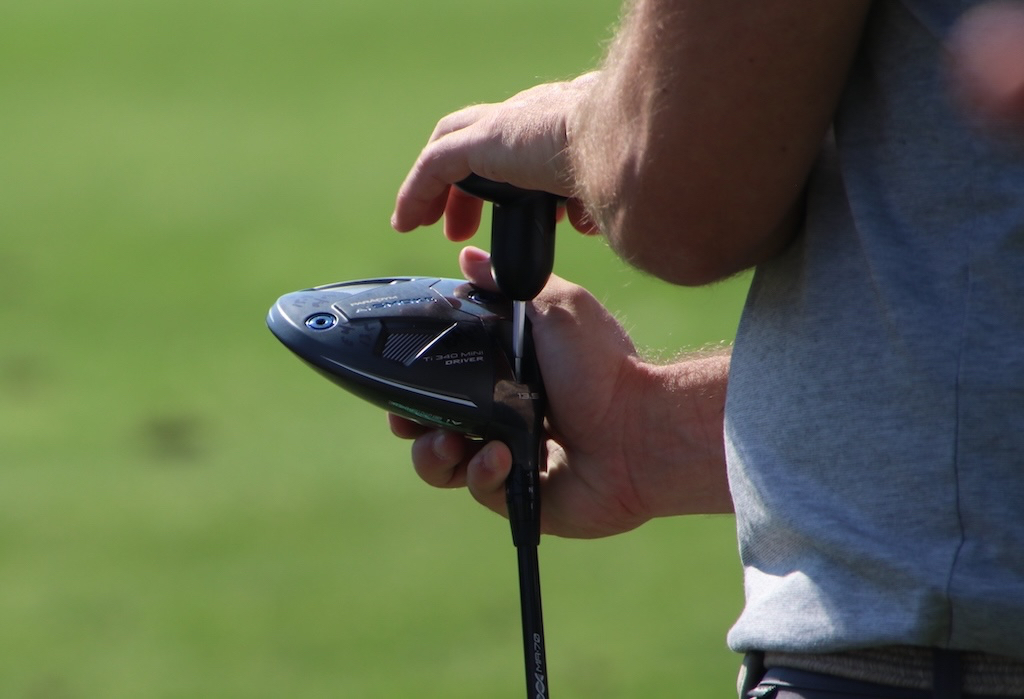
We have seen a few new mini drivers from the likes of Titleist and TaylorMade being tested out on tour recently. Now, Callaway looks to be jumping into the mix at the RBC Heritage. We spotted Christian Bezuidenhout testing out a new Paradym Ai Smoke Ti 340 mini driver on the range. We don’t have any details yet but the club clearly states “mini driver” on it, and the “340” could easily refer to how many CCs the head is.
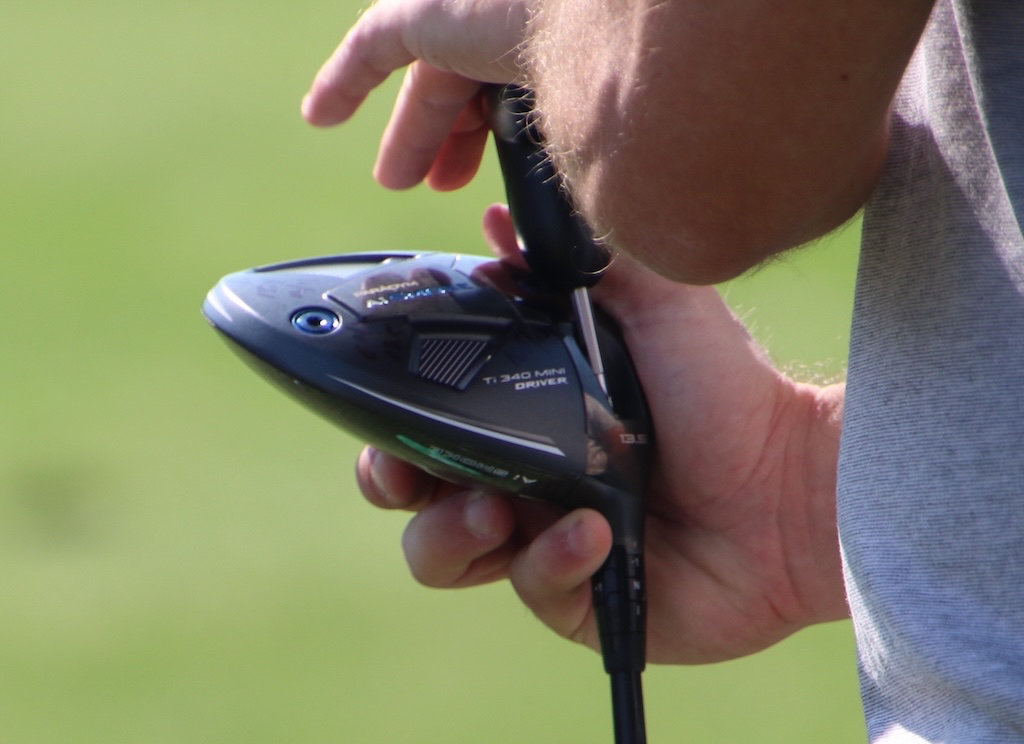
What we do know is that this mini driver has a very similar design to the current Paradym Ai Smoke Triple Diamond 3-wood. The sole looks to be made from steel or titanium, not forged carbon like the Paradym Ai Smoke drivers. It has weights up near the face and at the back of the club. Callaway’s OptiFit hosel is also present on this driver to allow loft and lie adjustments, and if you look closely on the face, you can make out the “Ai Smart Face” text at bottom center. The crown looks to have the familiar carbon fiber weave and Ai Smoke logos we have seen on the current clubs.
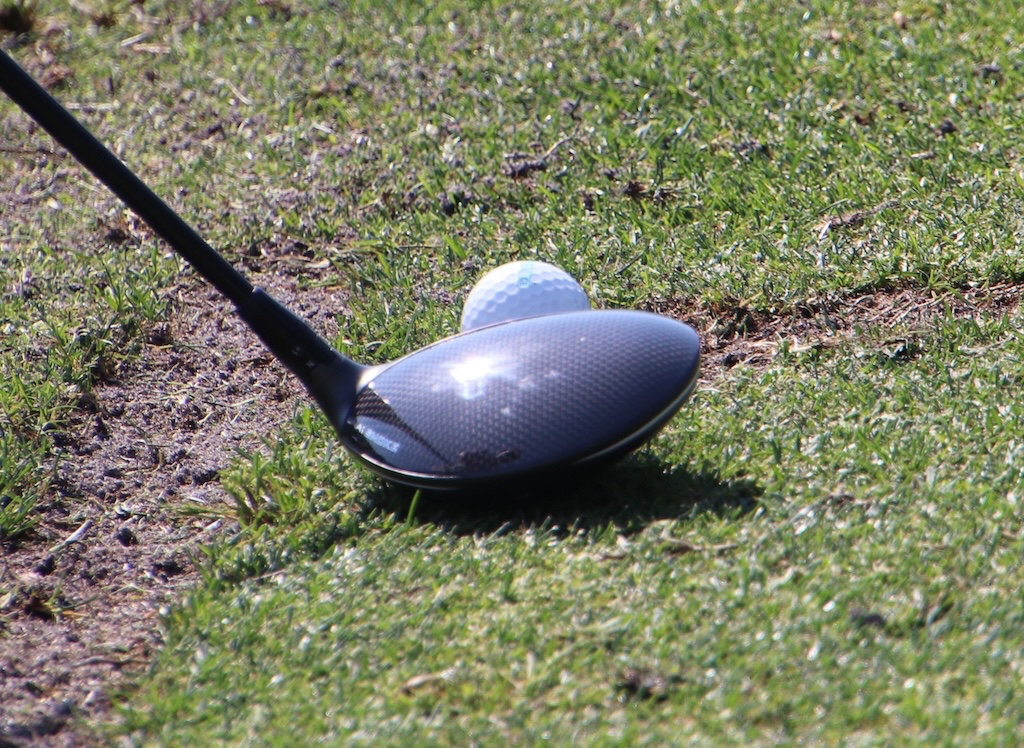
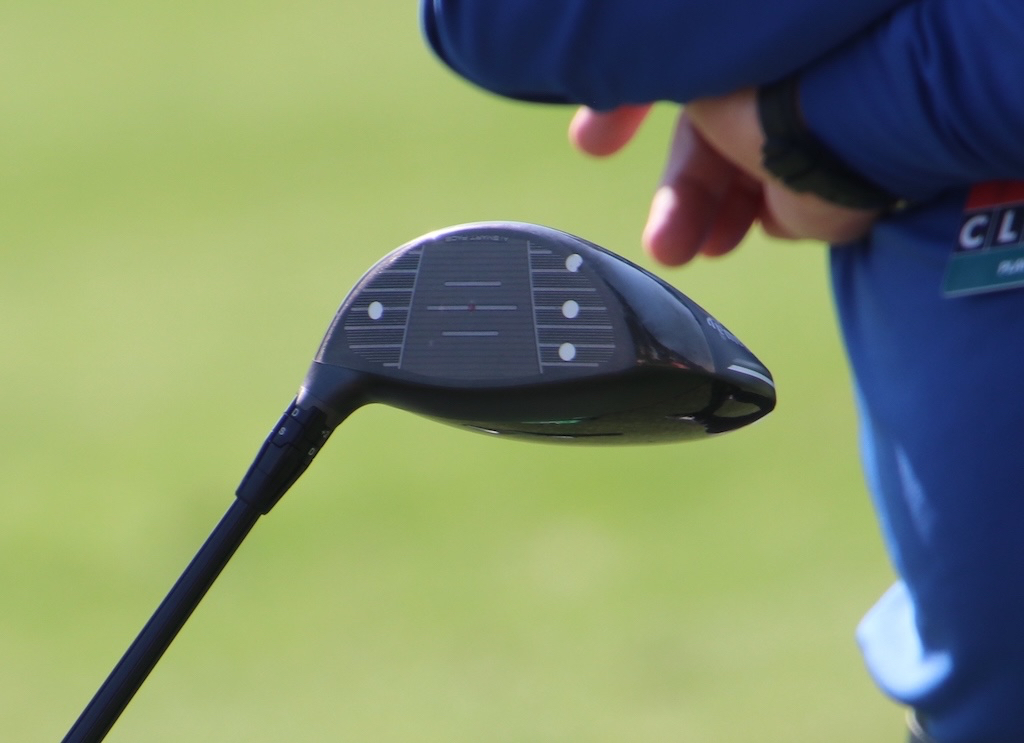
Callaway Paradym Ai Smoke DUW
The other Callaway prototype that was spotted looked to be a little more of a traditional fairway wood — but with non-traditional weight placements on it. Callaway’s Paradym Ai Smoke DUW looks to have four adjustable weights on it — two on the sole, one on the hosel, and one on the toe. This hosel isn’t adjustable, and I would assume that is to save some weight from creating spots for the movable weights.
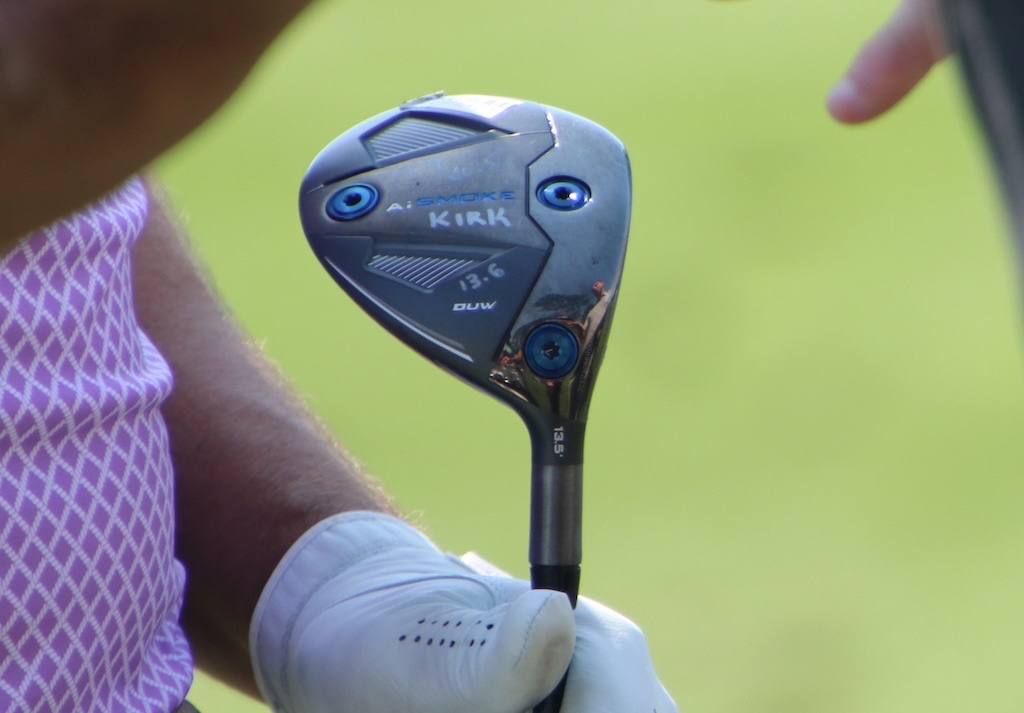
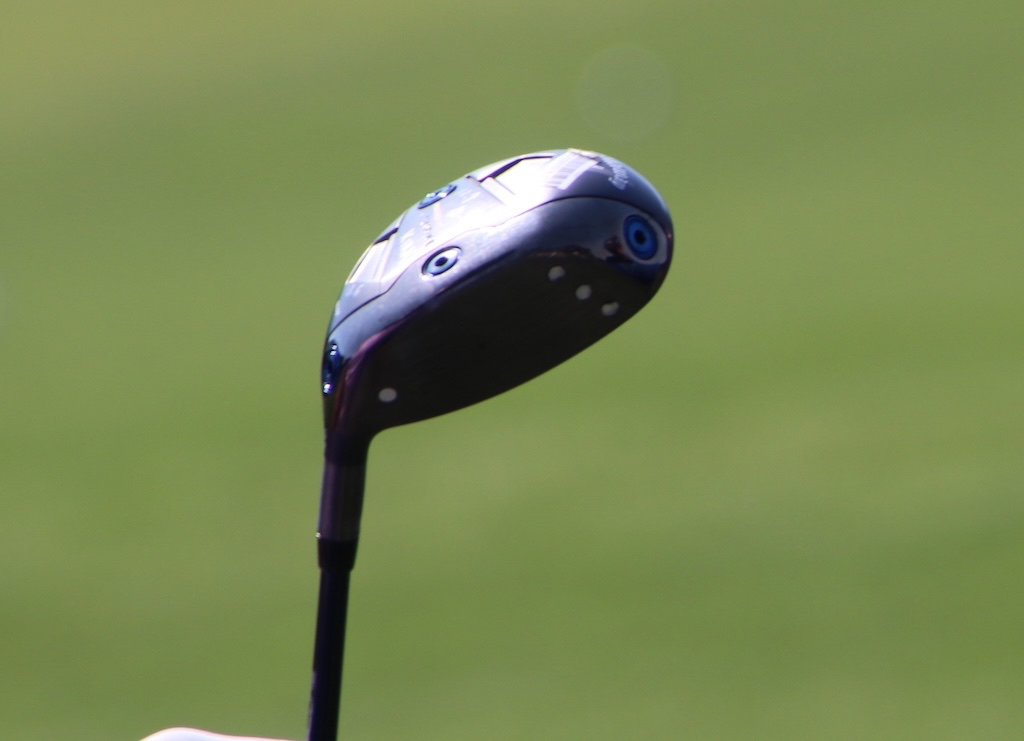
It is hard to tell from the photos, but the face looks to be a touch deeper than the traditional Triple Diamond fairways. This deeper face could be where the “DUW” name comes from. With three weights all pushed forward near the face this DUW has to be a very low spinning and launching head. The sole is made from metal and similar in design to the current Paradym Ai Smoke Triple Diamond fairway woods as is the carbon crown.
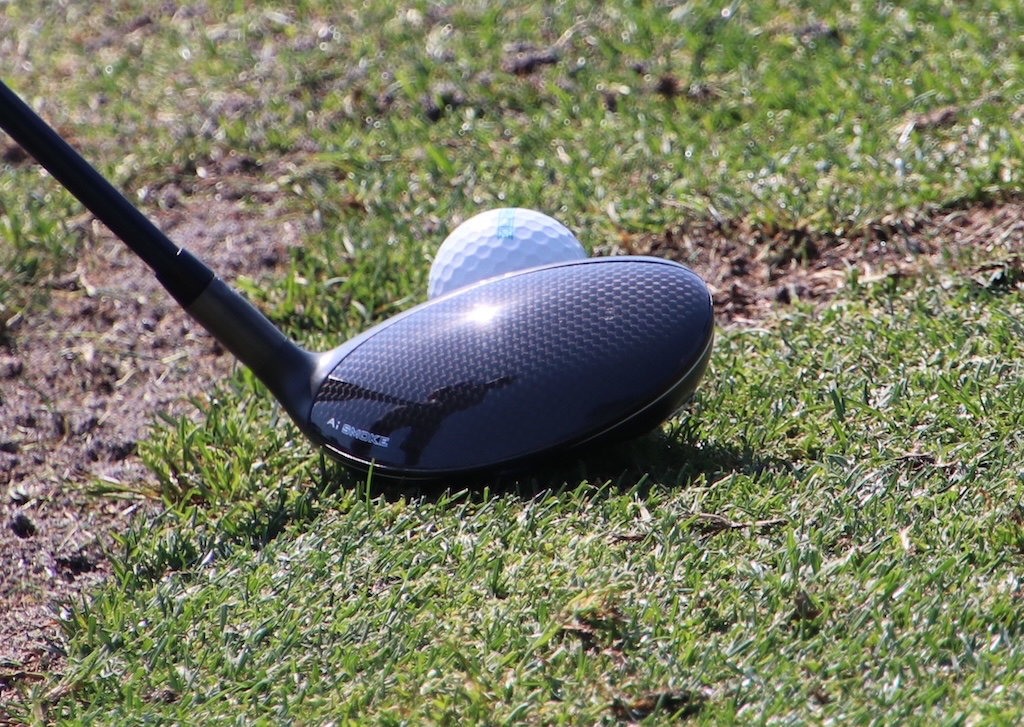

- Check out more of our photos from the 2024 RBC Heritage here.
- LIKE0
- LEGIT0
- WOW0
- LOL0
- IDHT0
- FLOP0
- OB0
- SHANK0
Equipment
Coolest thing for sale in the GolfWRX Classifieds (4/16/24): LAB DF3 green head putter
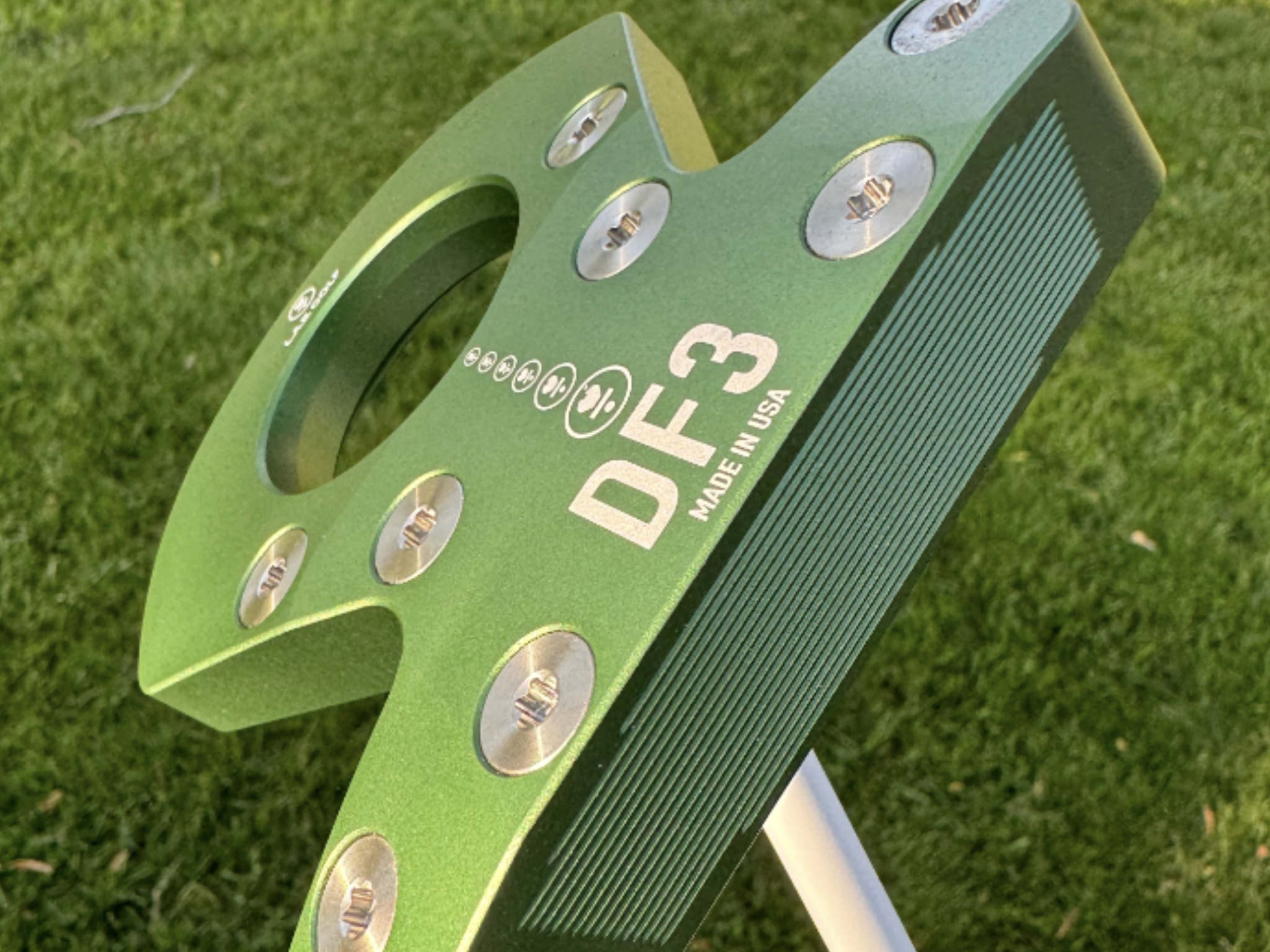
At GolfWRX, we are a community of like-minded individuals that all experience and express our enjoyment of the game in many ways.
It’s that sense of community that drives day-to-day interactions in the forums on topics that range from best driver to what marker you use to mark your ball. It even allows us to share another thing we all love – buying and selling equipment.
Currently, in our GolfWRX buy/sell/trade (BST) forum, there is a listing for a LAB DF3 green head putter.
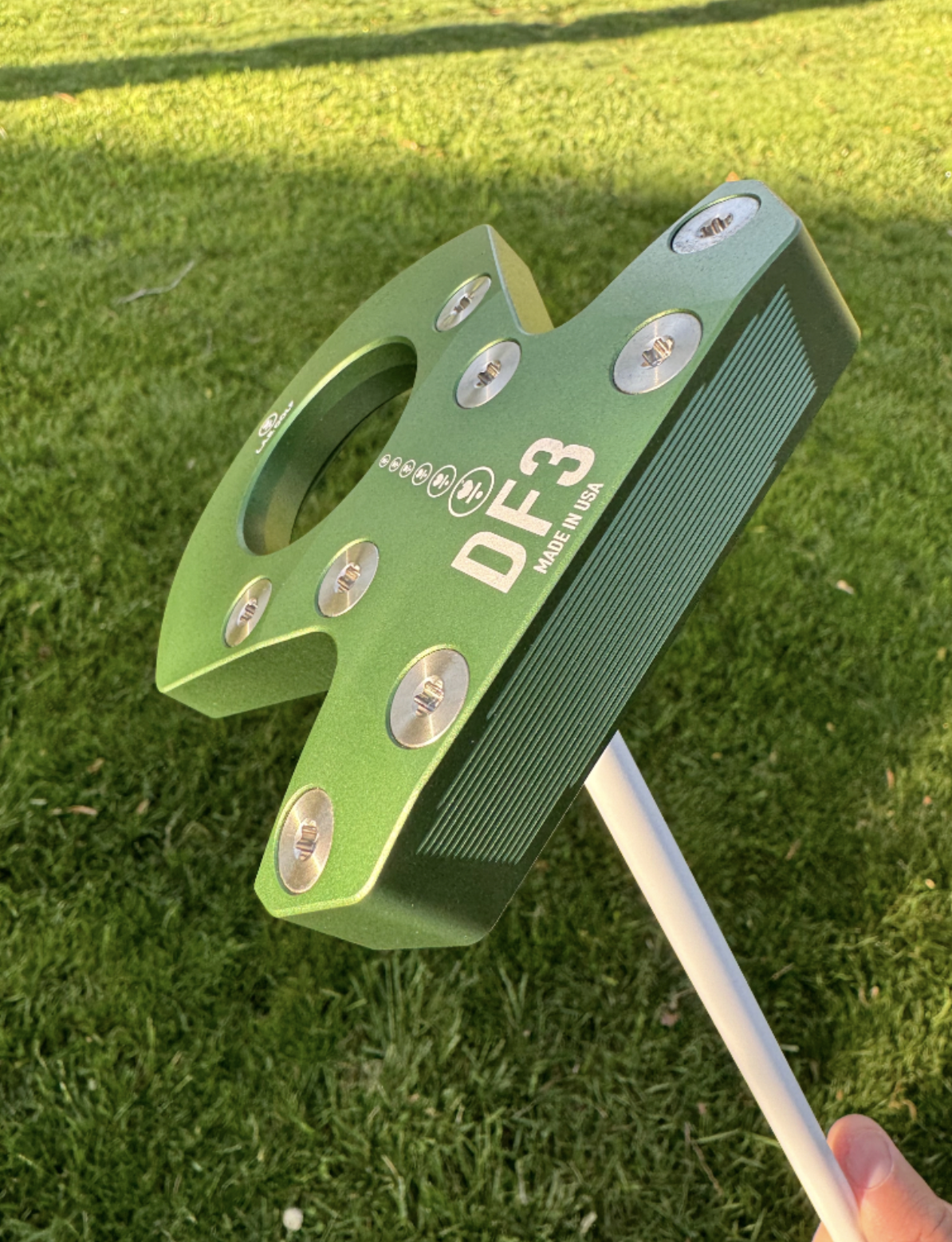
From the seller: (@Lvanwheeler1): “LAB DF3 green head with white Accra shaft. 35 inches and 69 lie angle. Is brand new and hasn’t been taken outside of the house except for the pics I took in the yard. A bit over retail but this one is hand and will be to you in a matter of days. $650 and this one is firm.”
To check out the full listing in our BST forum, head through the link: LAB DF3 green head putter
This is the most impressive current listing from the GolfWRX BST, and if you are curious about the rules to participate in the BST Forum you can check them out here: GolfWRX BST Rules
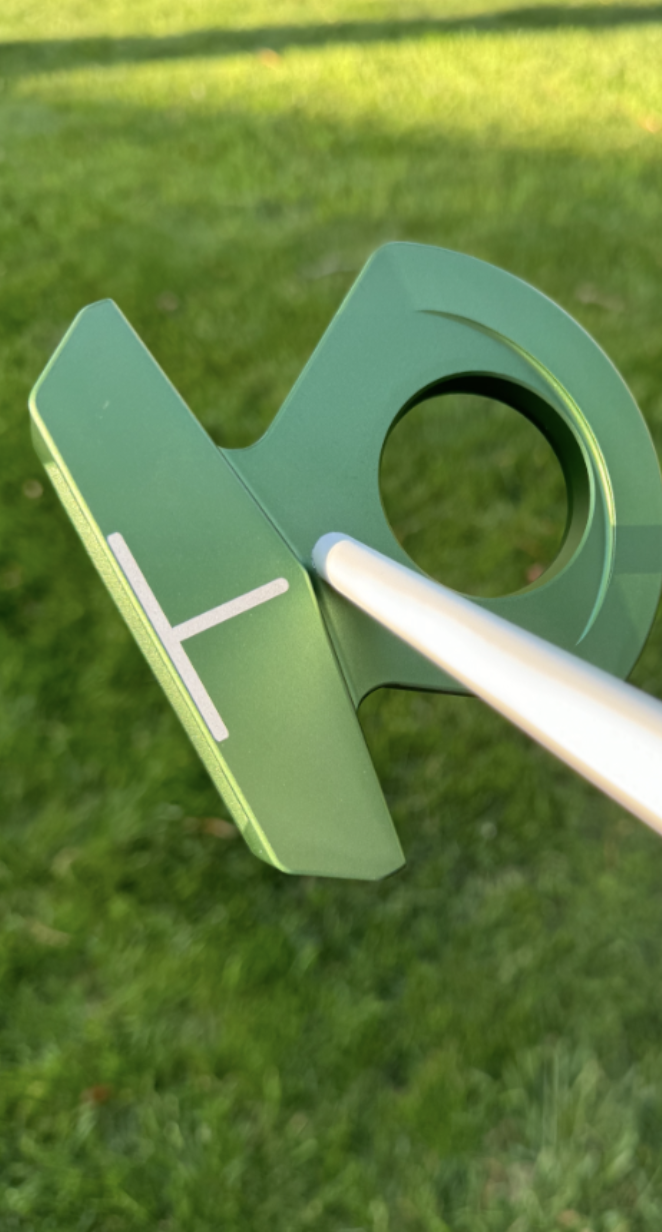
- LIKE0
- LEGIT0
- WOW0
- LOL0
- IDHT0
- FLOP0
- OB0
- SHANK0
Whats in the Bag
Max Homa WITB 2024 (April)
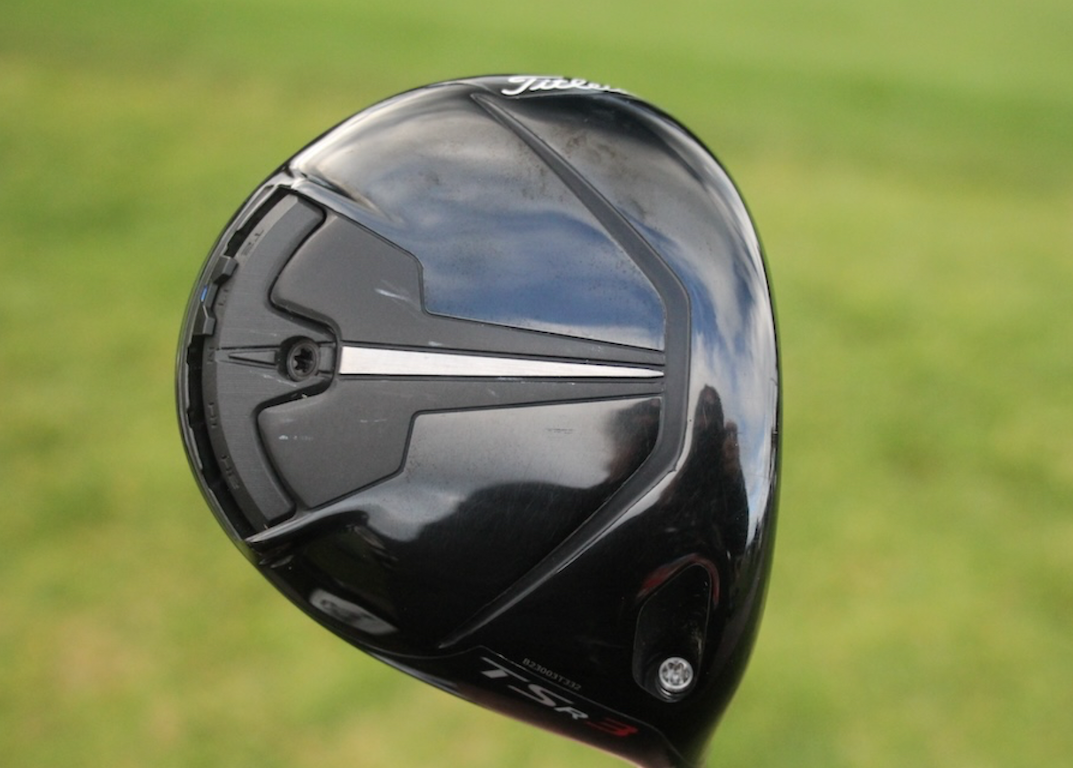
- Max Homa what’s in the bag accurate as of the Masters.
Driver: Titleist TSR3 (9 degrees, D1 SureFit setting)
Shaft: Fujikura Ventus TR Black 6 X
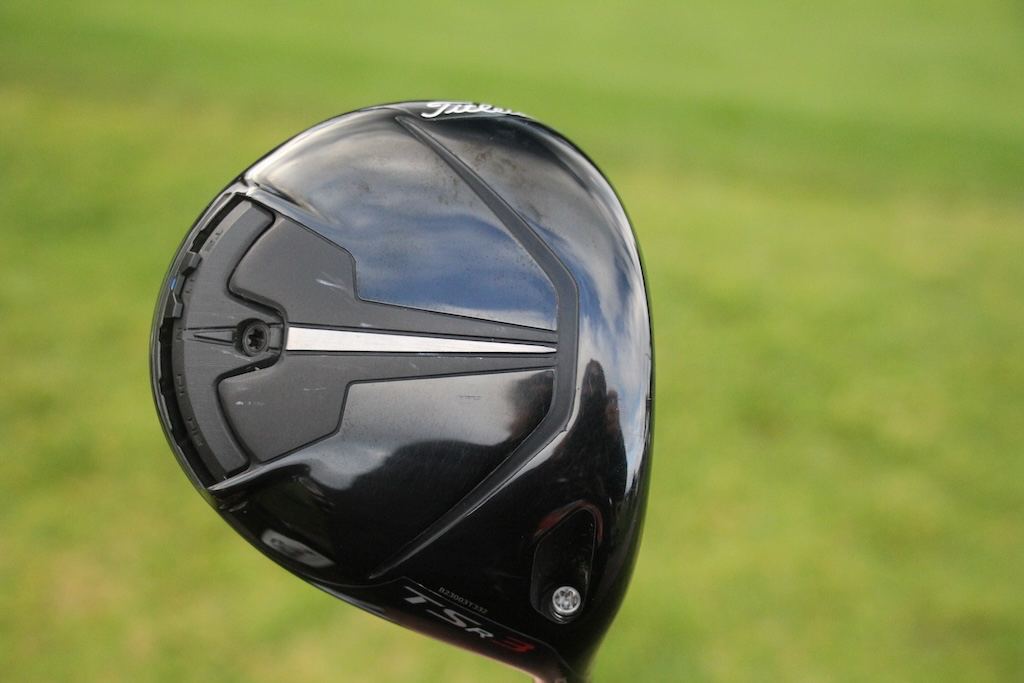
3-wood: Titleist TSR2+ (14.5 degrees, A1 SureFit setting)
Shaft: Mitsubishi Tensei 1K Red 80 TX
5-wood: Titleist TSR2 (21 degrees @19.25, D1 SureFit setting)
Shaft: Fujikura Ventus Blue 9 TX
Irons: Titleist T100S (4), Titleist T100 (5), Titleist 620 (6-9)
Shafts: KBS $ Taper 130 (4-9)
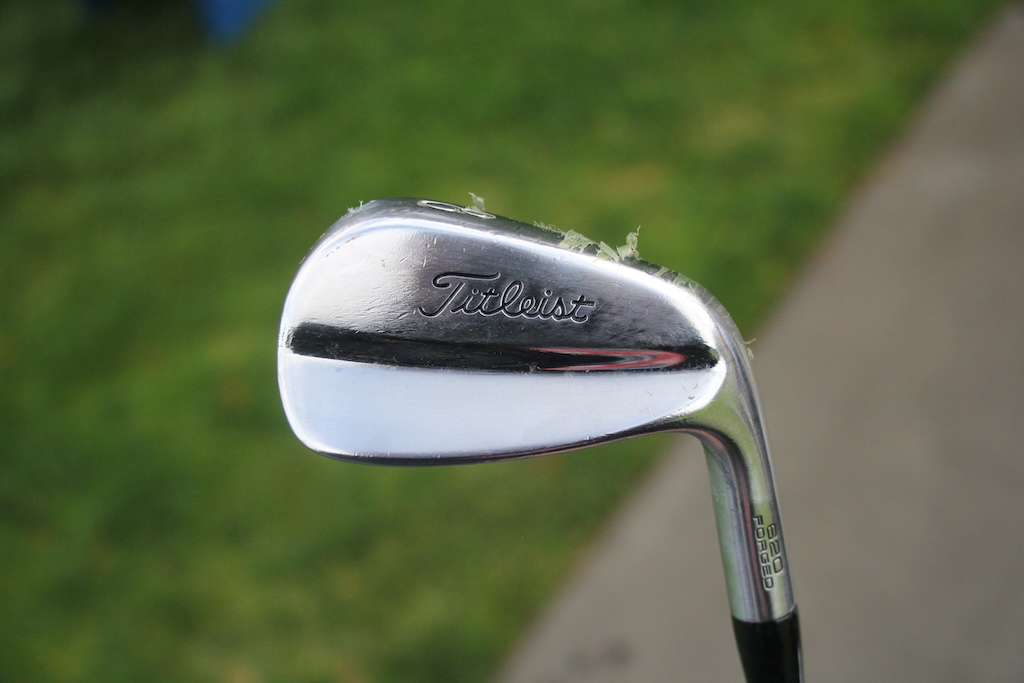
Wedges: Titleist Vokey Design SM10 (46-10F, 50-12F, 56-14F), WedgeWorks (60)
Shafts: KBS $ Taper 130 (46) KBS Hi-Rev 2.0 135 X (50, 56), KBS Hi-Rev 2.0 125 X (60)
Putter: Scotty Cameron T-5.5 Proto
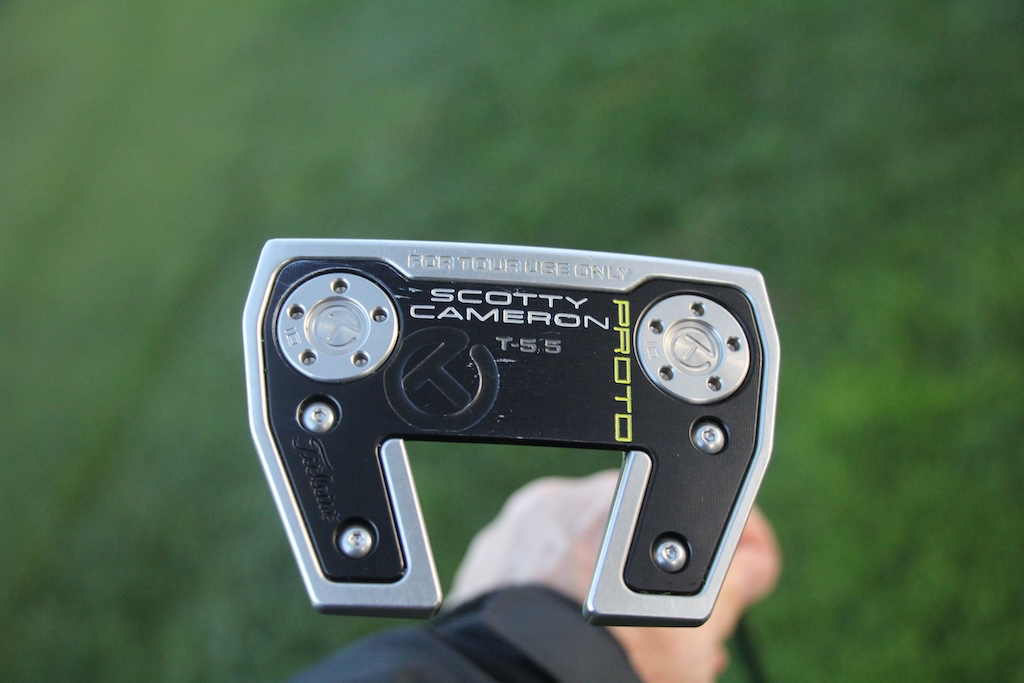
Grips: Golf Pride Tour Velvet Cord
Ball: Titleist Pro V1
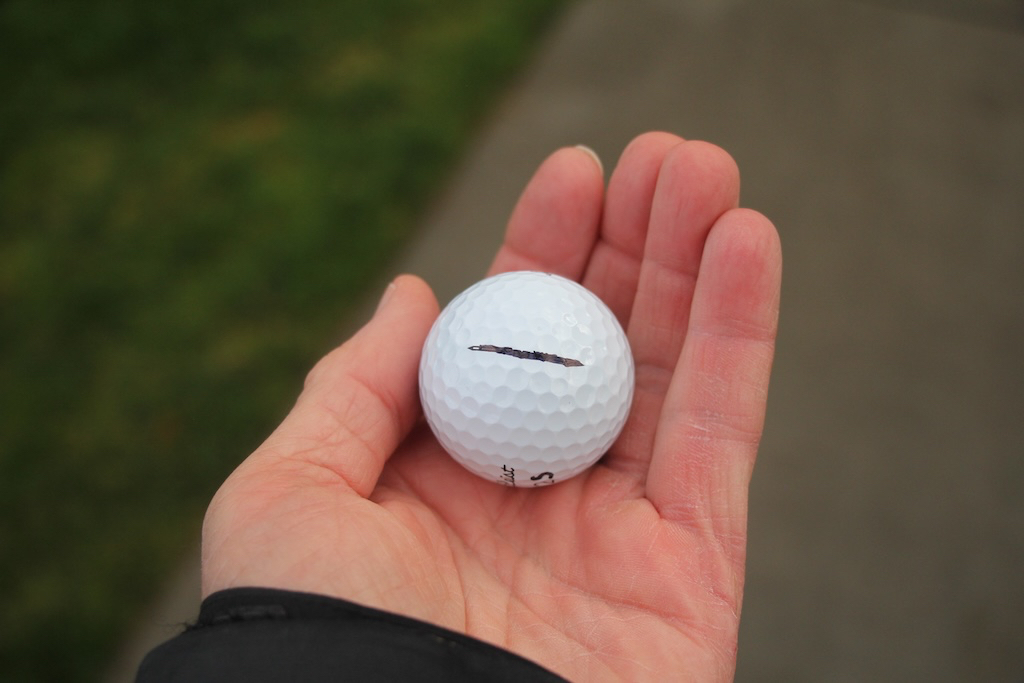

More photos of Max Homa’s WITB in the forums.
- LIKE9
- LEGIT0
- WOW0
- LOL0
- IDHT0
- FLOP1
- OB0
- SHANK1
-

 19th Hole6 days ago
19th Hole6 days agoDave Portnoy places monstrous outright bet for the 2024 Masters
-

 19th Hole2 weeks ago
19th Hole2 weeks agoThings got heated at the Houston Open between Tony Finau and Alejandro Tosti. Here’s why
-

 19th Hole1 week ago
19th Hole1 week agoTiger Woods arrives at 2024 Masters equipped with a putter that may surprise you
-

 19th Hole2 weeks ago
19th Hole2 weeks agoReport: Tiger Woods has ‘eliminated sex’ in preparation for the 2024 Masters
-

 19th Hole2 days ago
19th Hole2 days agoTwo star names reportedly blanked Jon Rahm all week at the Masters
-

 19th Hole1 day ago
19th Hole1 day agoNeal Shipley presser ends in awkward fashion after reporter claims Tiger handed him note on 8th fairway
-

 19th Hole2 weeks ago
19th Hole2 weeks agoAddiction, spinal fusion, and scam artists – Everything Anthony Kim revealed in candid interview with David Feherty
-

 19th Hole2 weeks ago
19th Hole2 weeks agoAnthony Kim says doctors told him that he ‘may not have much time left’ ahead of LIV return



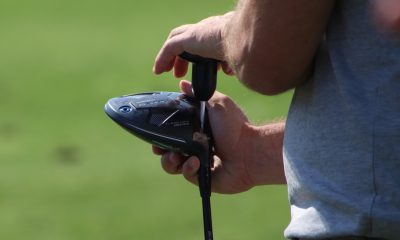

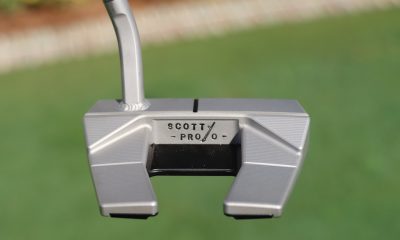





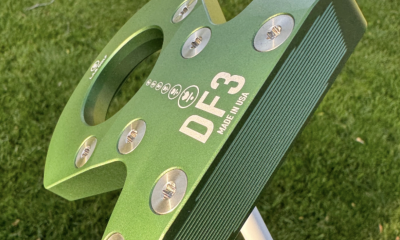
















freowho
Dec 31, 2019 at 5:59 pm
Good article. I agree with a slighlty flatter lie angle for flop shots but it makes the club hard to use for full shots. So the lob wedge basically becomes a specialty shot only club. I think if you are someone who enjoys playing different courses you do need a a couple of different setups. If I was playing a firm course I would carry the specialty 60 which means I would need a good 56 for pitch shots. If I was playing a softer course I might carry a 58 with more bounce instead of the 56 and 60.
Dan
Dec 31, 2019 at 1:49 am
Good to know mate. Interested in your next article about wedge flex. As I play with Ap1 R300 shafts. I was fitted with a vokey wedge, 46F bounce 10. Half an inch long, 1 degree flat. Brought 3 more vokey wedges, same length and lie off a mate. Which have been upgraded to KBS hi rev 2.0 125/S. The feel and contact are amazing. Thinking about doing the same with my 46F. Your thoughts.
Jack
Jan 1, 2020 at 4:50 pm
Hi Dan,
Thanks for the comment. I will go into a little more depth in the article but I would base your 46* on shots you hit the most – Generally this will be fuller shots for most players, therefore I would install the shaft that matches the rest of your iron setup (if you have been fit for those and enjoy their performance etc.. too).
ht
Dec 30, 2019 at 3:04 pm
Yeah this is great info. Thank you. Looking forward to the wedge shaft post
Adam
Dec 30, 2019 at 1:40 am
Very informative. Thank you